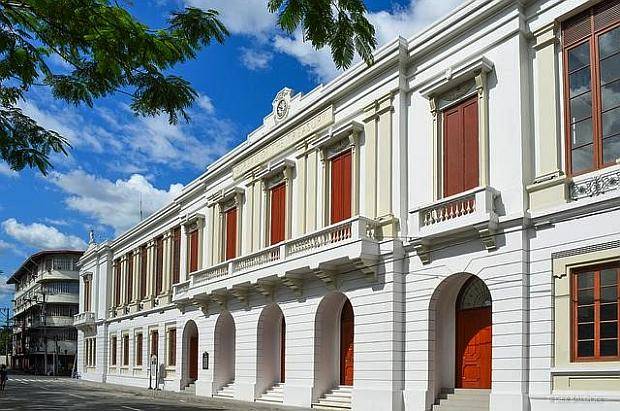BSP still sees below-target June inflation despite oil price spike

Consumer prices may have posted a faster growth in June due to a brief spike in oil prices and the peso’s weakness following an escalation of tensions in the Middle East.
But inflation is still expected to have come under the official target.
In a statement on Monday, the Bangko Sentral ng Pilipinas (BSP) said the consumer price index (CPI) may have settled between 1.1 percent and 1.9 percent last month.
The forecast suggested that Philippine Statistics Authority (PSA) may report a figure that would beat the 1.3-percent CPI in May. The PSA will release the official data on July 4. To compare, an Inquirer poll of economists last week yielded a median estimate of 1.5 percent for last month’s inflation.
As it is, the prevailing expectation is inflation would continue to undershoot the 2 to 4 percent target range of the BSP.
“Upward price pressures for the month are likely to be driven by higher meat and vegetable prices, elevated oil prices, and the depreciation of the peso,” the BSP said.
“These pressures, however, could be partially offset by lower prices of rice, fish and fruits, as well as lower electricity rates,” it added.
The analysts surveyed by the Inquirer shared the same view. All of them mostly placed the blame for the faster price growth on one key factor: high oil prices.
But what motoring oil prices may have contributed to the June CPI was likely offset by generally low food prices. Analysts said rice prices may have continued to decline last month, although meat got costlier.
Meanwhile, the arrival of cheap products from China amid the ongoing US tariff storm that’s sending Chinese goods to alternative markets like the Philippines is helping keep the local CPI tame.
Analysts said the manageable inflation last month would be supportive of further easing of monetary policy. Last month, the powerful Monetary Board trimmed the policy rate, which banks use as a guide when pricing loans, by a quarter point to 5.25 percent. It was a widely expected decision that brought the cumulative reductions under the current easing cycle to 1.25 percentage points.
“Going forward, the BSP remains committed to safeguarding price stability by ensuring that monetary policy settings are conducive to sustainable economic growth and employment,” the central bank said.





















